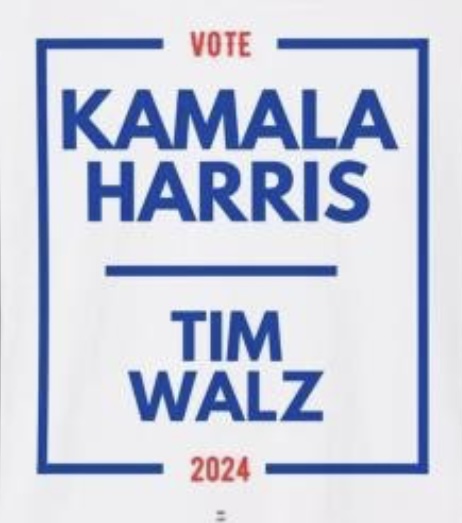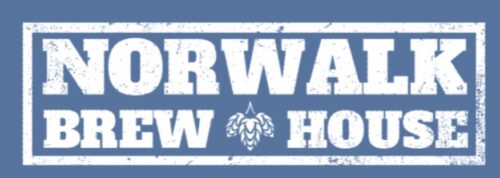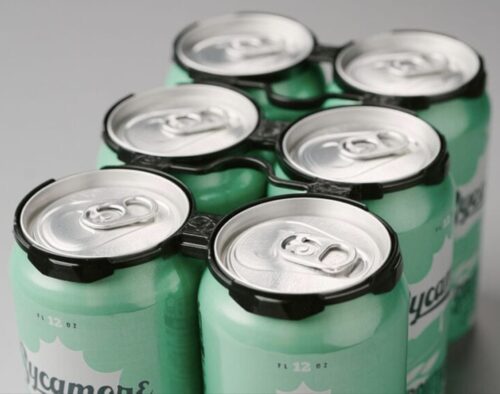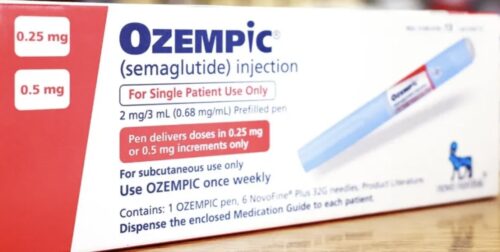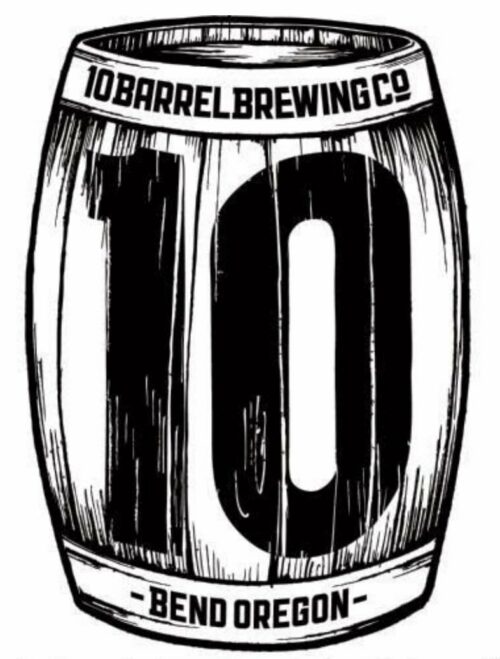
Like so much spent grain, Canadian cannabis company, Tilray is dumping a who’s who of Oregon brewing talent from 10 Barrel Brewing in Bend.
Gone is former Barley Brown’s brewmaster Shawn Kelso, former brewmaster Jimmy Seifrit, former Bend Brewing brewmaster Ian Larkin and most notably GABF medal machine, Tonya Cornett.
You can write a book (others have) about the malfeasance of SABInBev but at least they were not stupid enough to cut loose that murderers row of brewing know how. It would be the equivalent of the Kansas City Chiefs, waiving Mahomes, Kelce and Coach Reid in one fell swoop.
This is, unfortunately, typical corporate shortsightedness. Keeping talent happy and hoppy is not valued as much as profit. And what is thought of now as cost savings is going to end up losing them customers in the short term and will also introduce more competition in the long term as those brewers either start their own places or go to a brewery and bring their ‘rizz with them.
It takes a special attitude for a large corporation to grow a small company under its banner and most do not have the people skills or vision to accomplish it. Tilray has shown their true colors.



